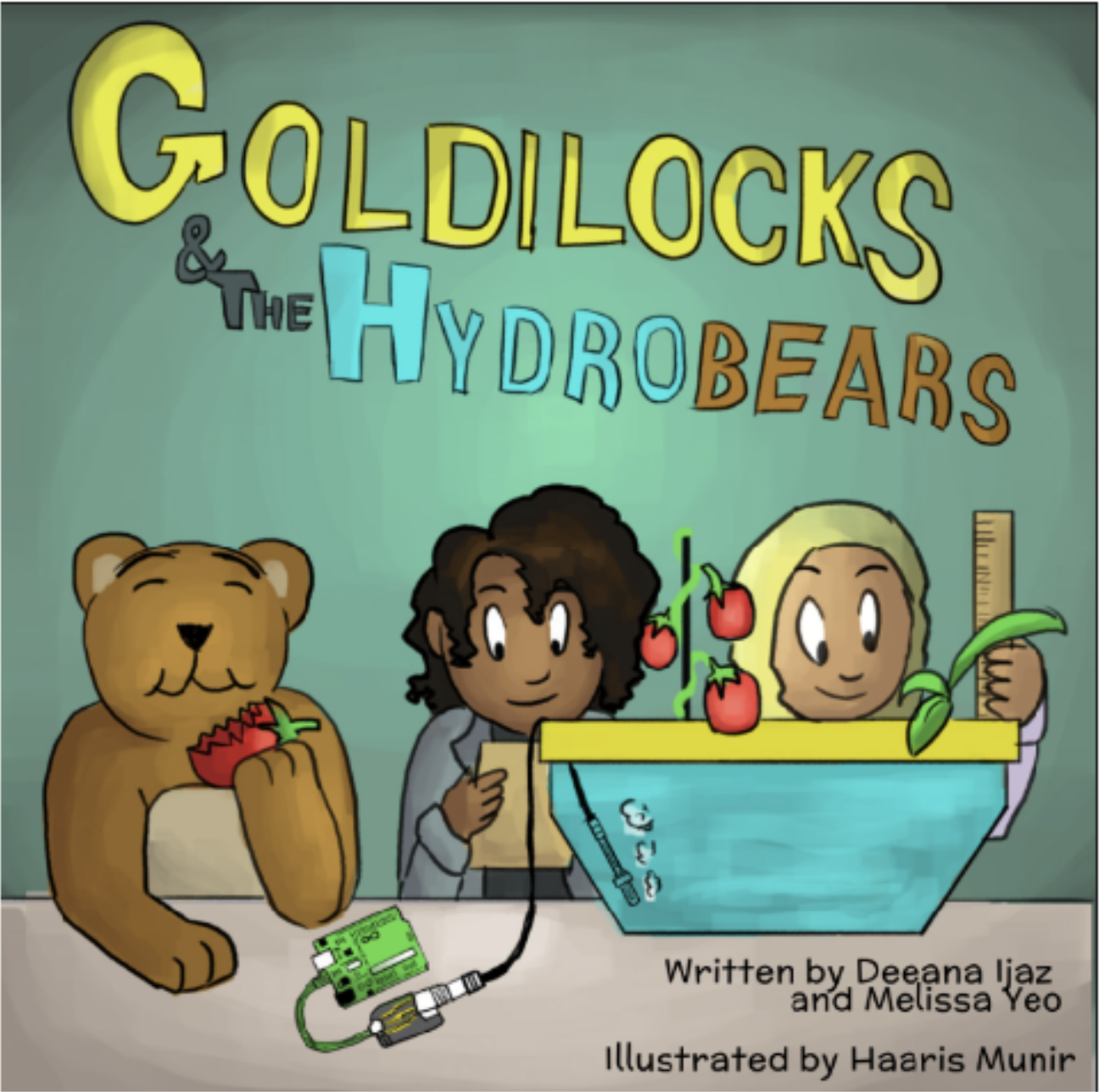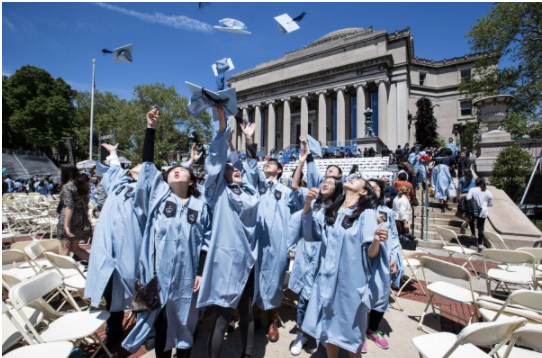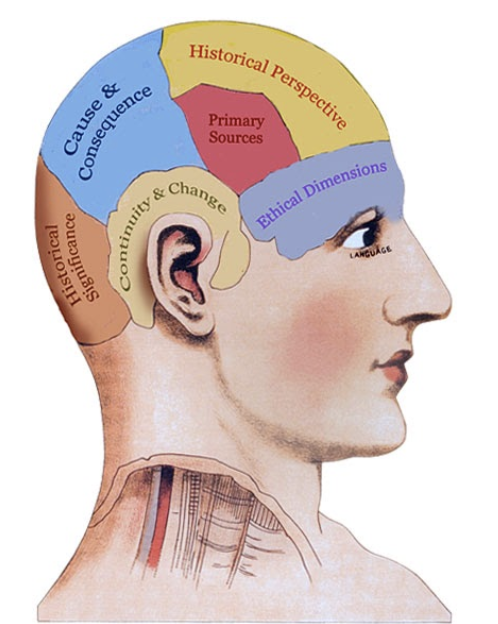2020 MASTERS PROJECT SHOWCASE
It is widely accepted that STEM knowledge and skills are necessary for society to progress (World Economic Forum, 2016). In addition, 21st century demands competencies that go beyond knowledge acquisition. Skills related to knowledge application, critical thinking, and independent lifelong learning are critical to help individuals become contributing members of society. However, traditional direct instruction does not prove effective in nurturing and sustaining student interest STEM in addition to helping them acquire 21st century competencies.
The project explores the proper mechanisms to support Chinese students in preparation for career development in the United States and proposes design principles to address this issue. The research paper examines the question "What are the support mechanisms that can support Chinese students in the United States gain deeper knowledge and understanding of career readiness?”. The data collection methodologies used in this research project are self-completion questionnaires completed by Chinese students in higher education in the United States, face-to-face interviews with career counseling professionals and phone interviews with a college career counselor. The research project also recommends an instructional technology design to support this issue.
In traditional high school history classes, many students find learning history through a teacher-centered instructional approach boring, deficient in creativity, and irrelevant to their future career. These negative sentiments are demotivating and have a negative impact on students’ academics. Constructivist and cognitive learning theories suggest that Commercial-off-the-shelf (COTS) games, a form of DBGL, may be effective learning tools that better engage students with historical content by providing meaningful context. Integrating a COTS game into an online history curriculum has the potential to make history learning more engaging to students because students can make their own inquiries, build empathetic understanding, and better understand different dimensions of causation once learning shifts from the teacher to the student.


